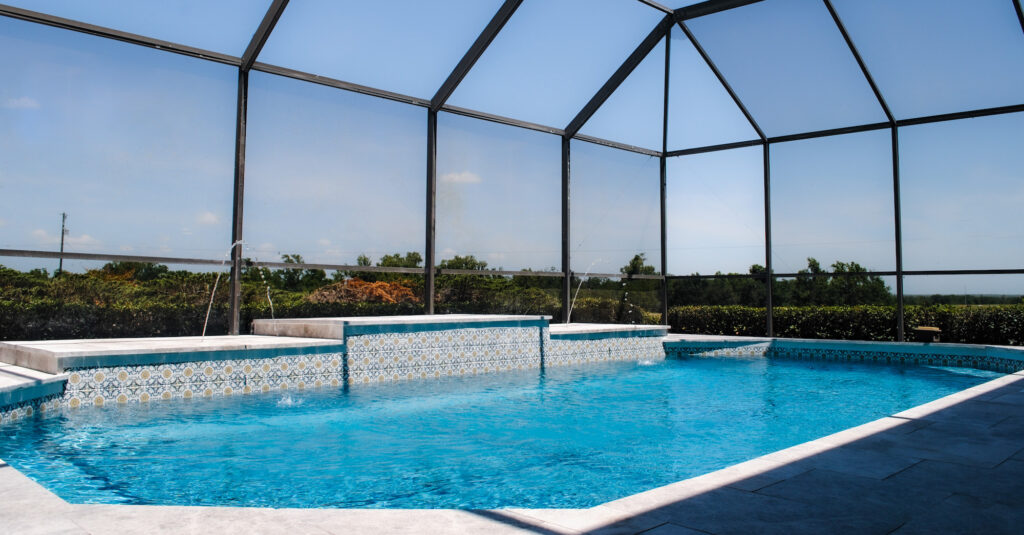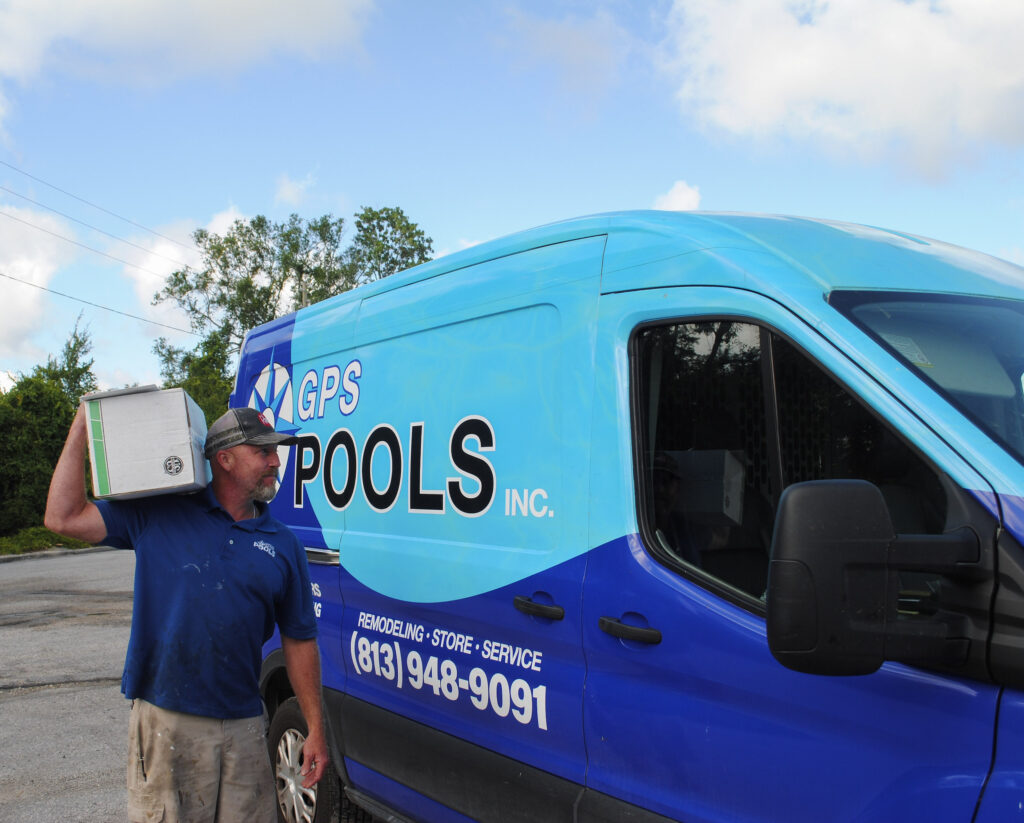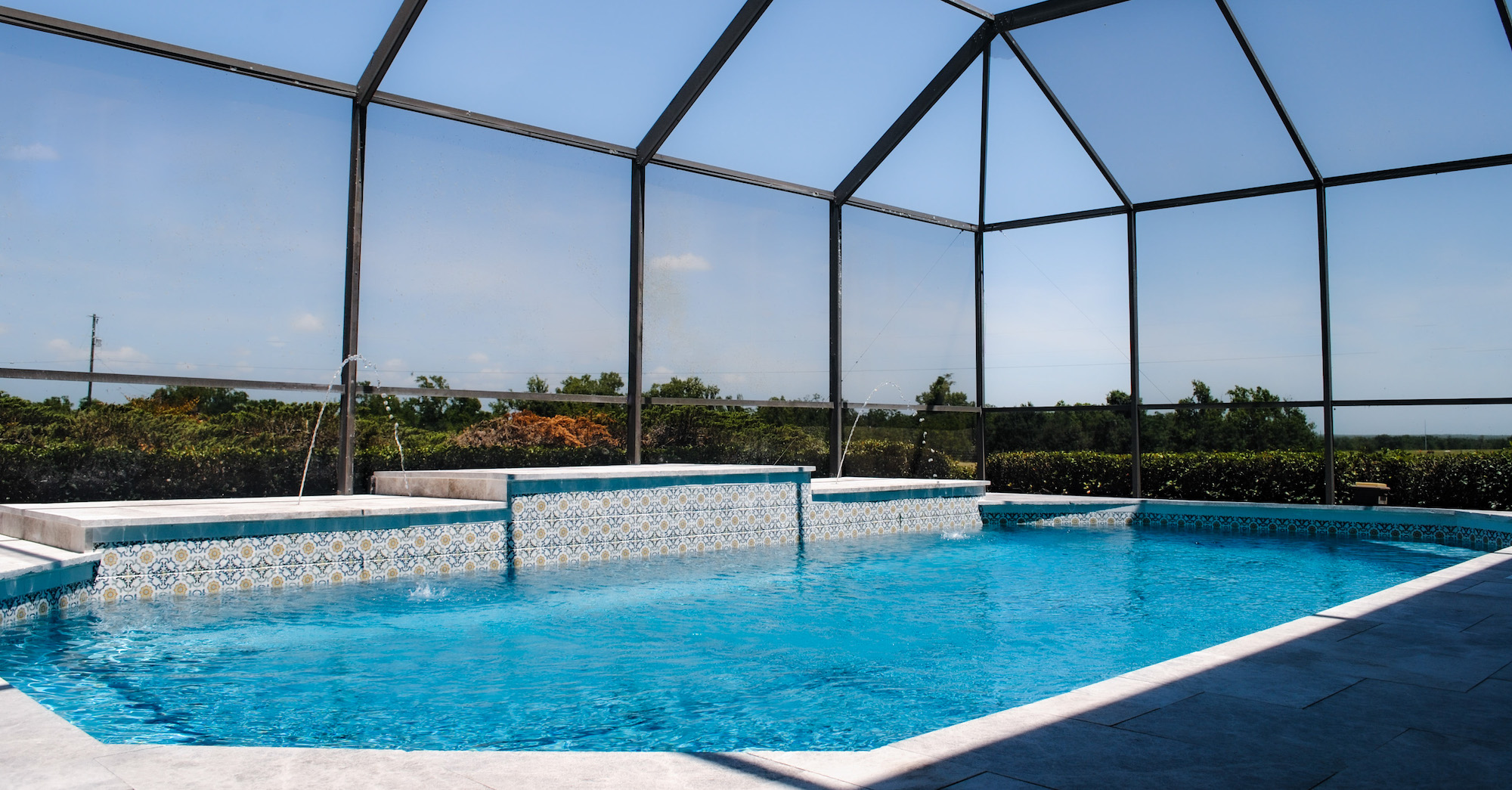How to Drain a Pool: Quick and Safe Methods
Backyard swimming pools are the perfect summer retreat. Conveniently located outside your backdoor, they offer a cool spot to splash away the heat. You’ll barely have to touch your system when things are working perfectly. Let’s face it, though, things rarely function ideally. If you need to drain a pool, the 18,000 to 20,000 gallons of water must go somewhere. Draining an above-ground pool is an easy enough task. But what about an in-ground pool?
We’re going to examine the whys and the hows of draining a swimming pool. After this, you’ll know enough to make the right decision for your personal oasis. Let’s dive in!
Why would you need to drain your pool?
Draining your pool seems like quite an undertaking. Thankfully, there aren’t a lot of reasons to drain your pool. Most of the time, we aren’t even talking about the whole pool. For some issues, you just need to bleed enough water off to get at the problem.
There are some repairs that can only be done in an empty pool
Out of all the repairs your pool may need, most can be accomplished without draining. If you’re dealing with serious cracks, fissures, or significant leaks draining may be required. Water leaching out into the surrounding area can cause ground instability and sinkholes.
Related Article: Pool Leaks: Signs & Risks
If there is an expected weather hazard, you should drain your pool
When the weather turns nasty, it might be necessary to drain some water from your pool. It’s crucial only to drop the level by one or two feet. As rain falls, the water table in your area may rise, pushing your pool upwards.
Water in the pool keeps the bottom and sides in place against hydrostatic pressure. Even during a hurricane, there’s very little chance you’ll need to drain your pool.
It is always safe to have regular pool maintenance
Regular maintenance increases the lifespan of your pool. Experts agree that under normal conditions, you should drain your pool every three to five years.
Over time, the ratio of total dissolved solids (TDS) rises. No amount of maintenance will stop it, but it’s necessary to detect it. Once it goes over 2000 parts per million (ppm), you’ll need to drain and refill your pool.
The chemical balance in your pool may be out of your control
Cyanuric Acid (CyA) is the other primary culprit to watch out for. Over time, the levels rise and can’t be balanced by adding other chemicals. The real problem is that CyA counteracts chlorine in your pool.
If the levels are too high, more than 70 ppm, you’ll need to plan the best time to drain it. Diluting the levels back to an average of 30 to 50 ppm takes new, uncontaminated water.
The process of draining your pool
Since you’ve decided it’s necessary, draining a pool takes proper planning. You’ll need to check groundwater levels, look at the weather, and know where to put all that water!
Make sure you are getting rid of the water properly

Your first step is to call the city where you live to see where they’d like the wastewater. Most cities don’t want you putting pool water in storm drains. Additionally, sewer systems can only handle so much water at once.
You can water your grass or landscaping instead of dumping it on the street. Another option is to use your home sewer cleanout that leads to the water treatment plant.
If the water’s contaminated, you may need to call the professionals to deal with the hazard.
The water should be chemical free
Before draining, avoid adding pool chemicals for a couple of weeks. Then, test the water before you begin. Most cities require the water to be chlorine neutral, so you’ll have to add chemicals to neutralize it.
Saltwater pools are increasingly popular. Treat them the same way you’d treat a chlorine pool. Let the concentration of salt fall, test it, and then follow the same steps.
Related Article: Swimming Pool Chemicals for Beginners
Do it when the weather is good to do so
Municipal systems are only designed to handle a certain amount of water. If your city allows you to empty into the storm drain, they’ll likely tell you when is a good time. Avoid rainy seasons so you don’t overload it.
The same goes for your lawn. Groundwater levels that are too high can damage your pool and grass. Be thoughtful about the process; it could cause severe damage!
Make sure to have proper equipment
Just sticking a hose into the pool isn’t going to cut it. Depending on your process, it could be as simple as opening the waste valve on your pool pump. A pool service may bring out a submersible pump if you’re in a hurry.
Improper draining using your pump can cause it to burn out, costing thousands of dollars.
Unplug any electrical features of your pool, if any
If you’re running a submersible pump, make sure to shut all electrical features completely. Many of them are liquid-cooled, like lights, levelers, and timers. They could be damaged if they’re still running when you drain your pool.
The last thing you want is to fry all your electronics because you need to balance your CyA levels. It’s just not worth it!
If you find it too demanding, look into calling a professional

Of course, the more complex your system is, the more complex the draining process is. If you’re just dropping the levels a bit, you’ll likely be fine on your own.
But if you’re draining out all the water to resurface your pool, call the experts. From popping hydrostatic plugs to bringing in a powerful pool skimmer, they’re ready to help. They’ve got the tools and experience to make the process practically painless.
And remember, it’s much cheaper to hire the pros than to replace your pump or damage your pool even further.
Whatever pool problem you have, GPS Pools is here to solve them!
When it comes to deciphering problems with your pool, GPS Pools is here to help. Our team of experts can diagnose and solve most problems in one visit. Getting ready for pool season shouldn’t be a headache. GPS Pools can make enjoying your pool a breeze.
Check out our services located in New Tampa, Lutz, and Land O’ Lakes and contact us today.

